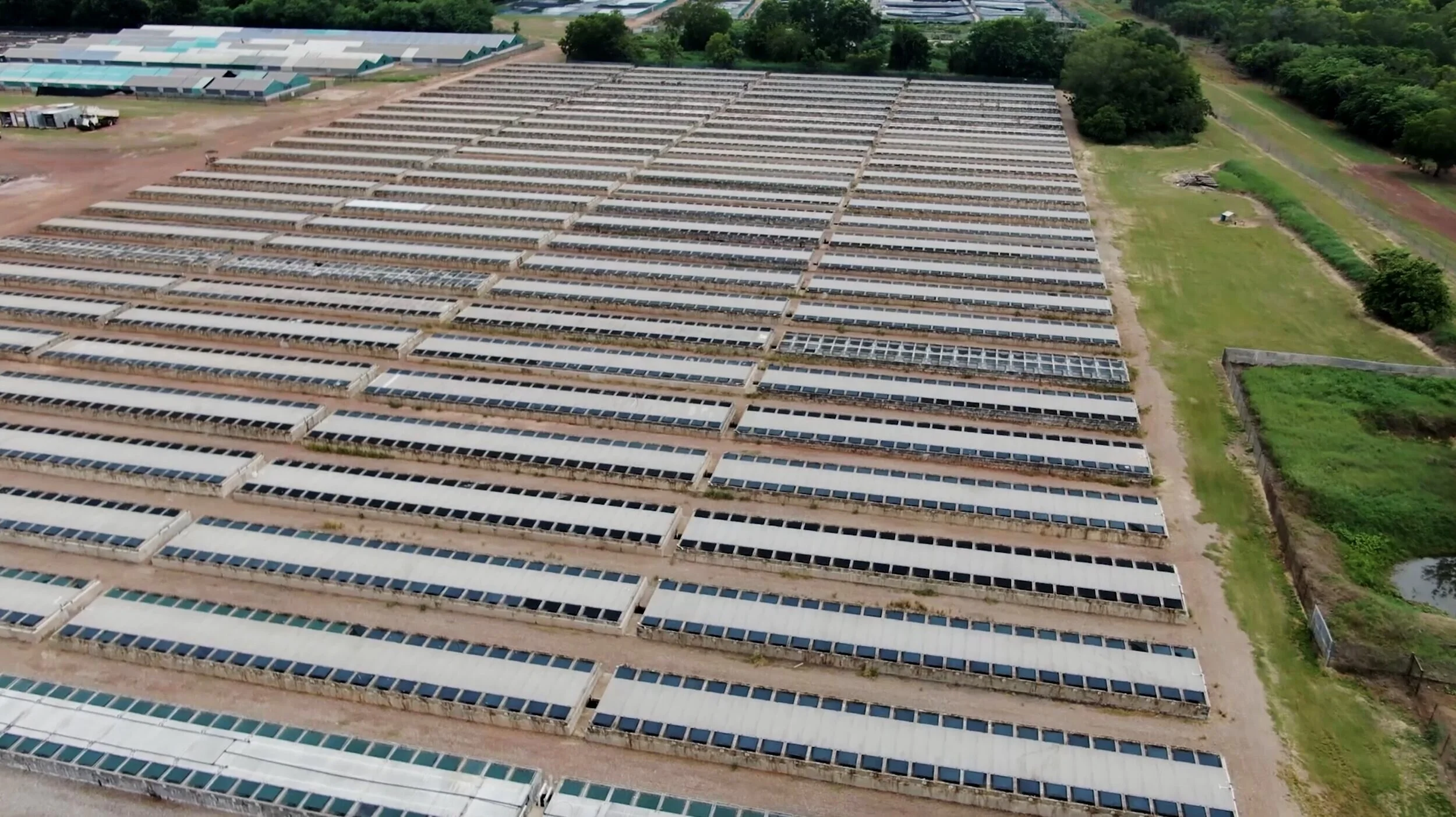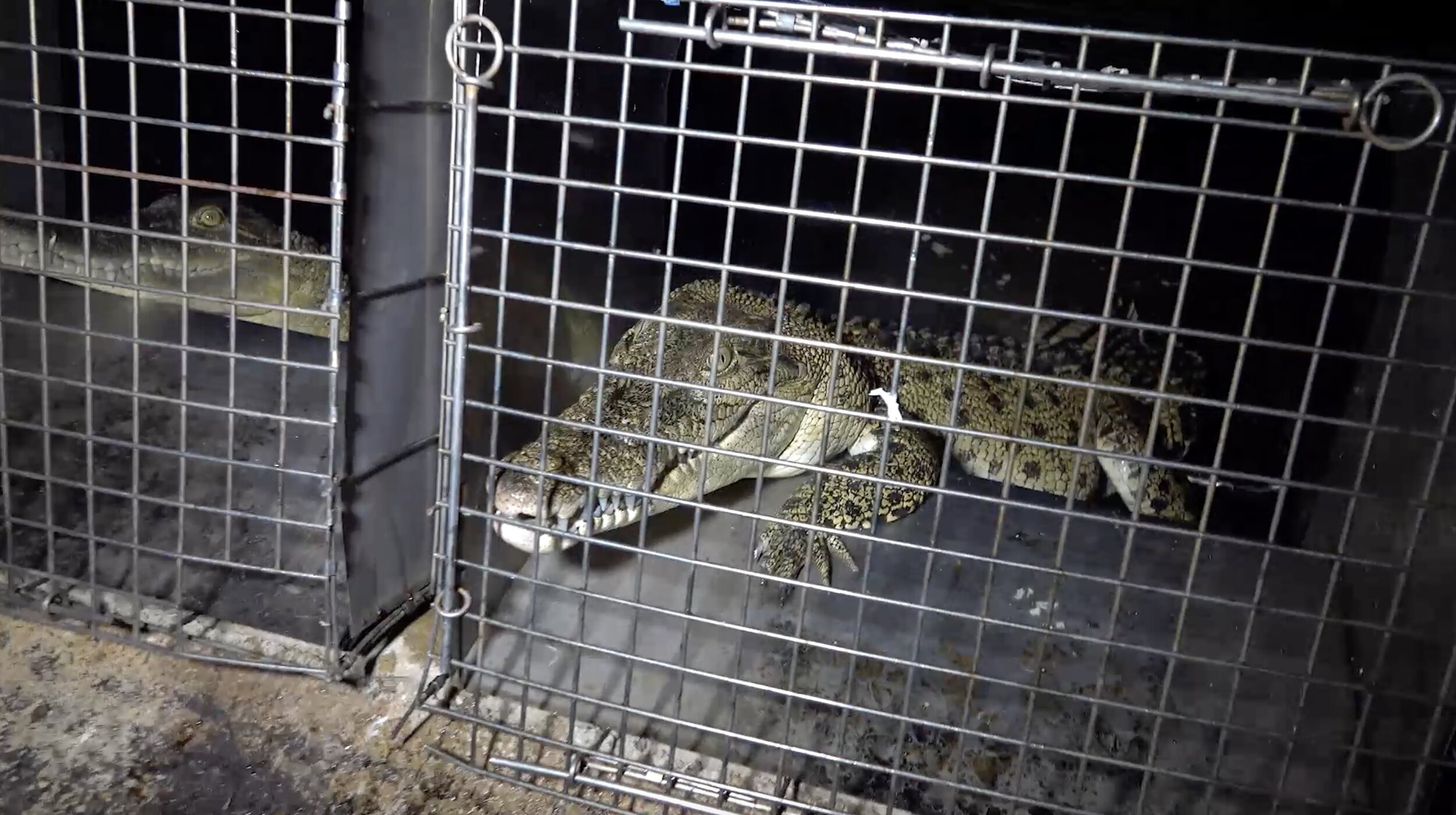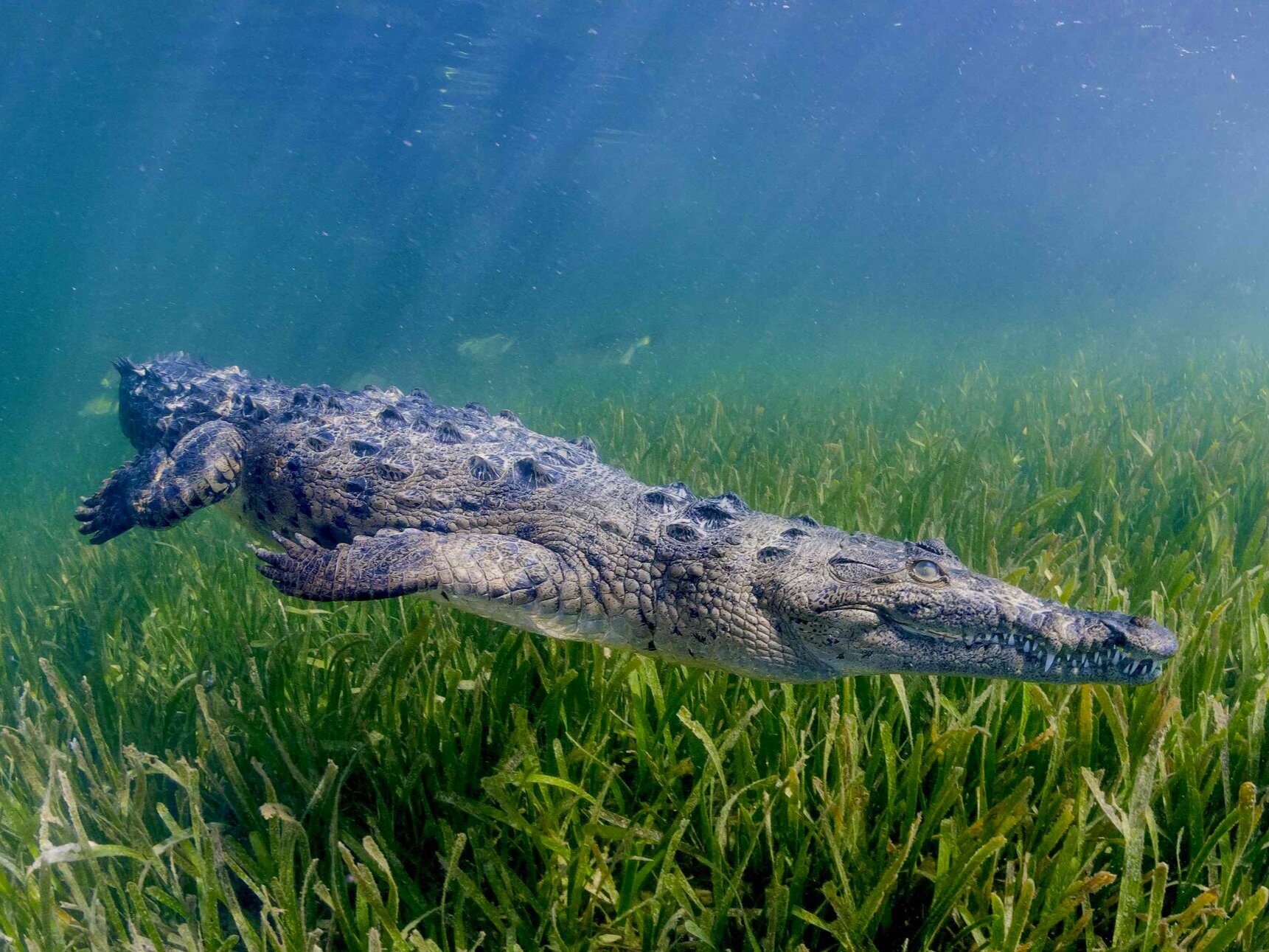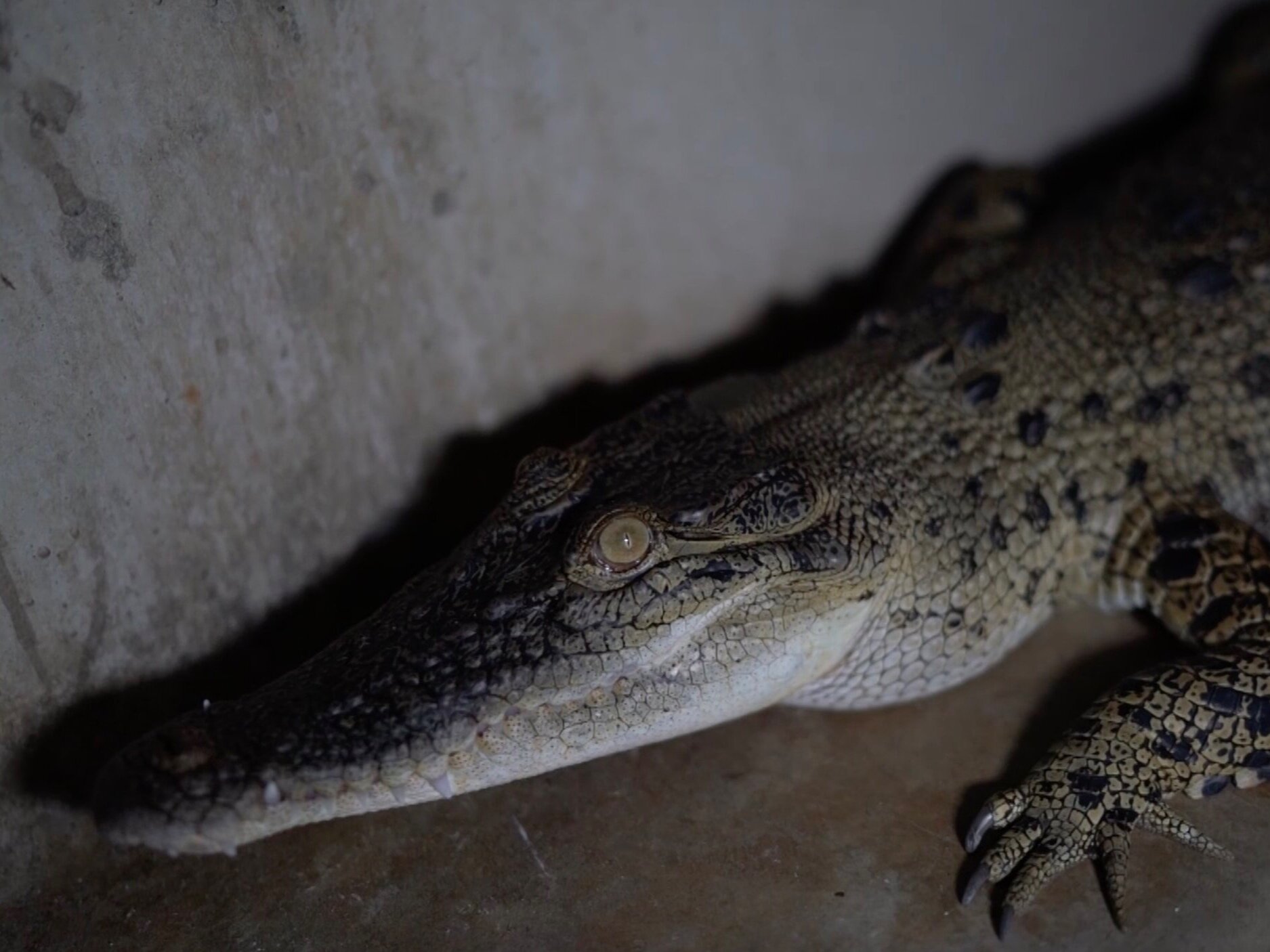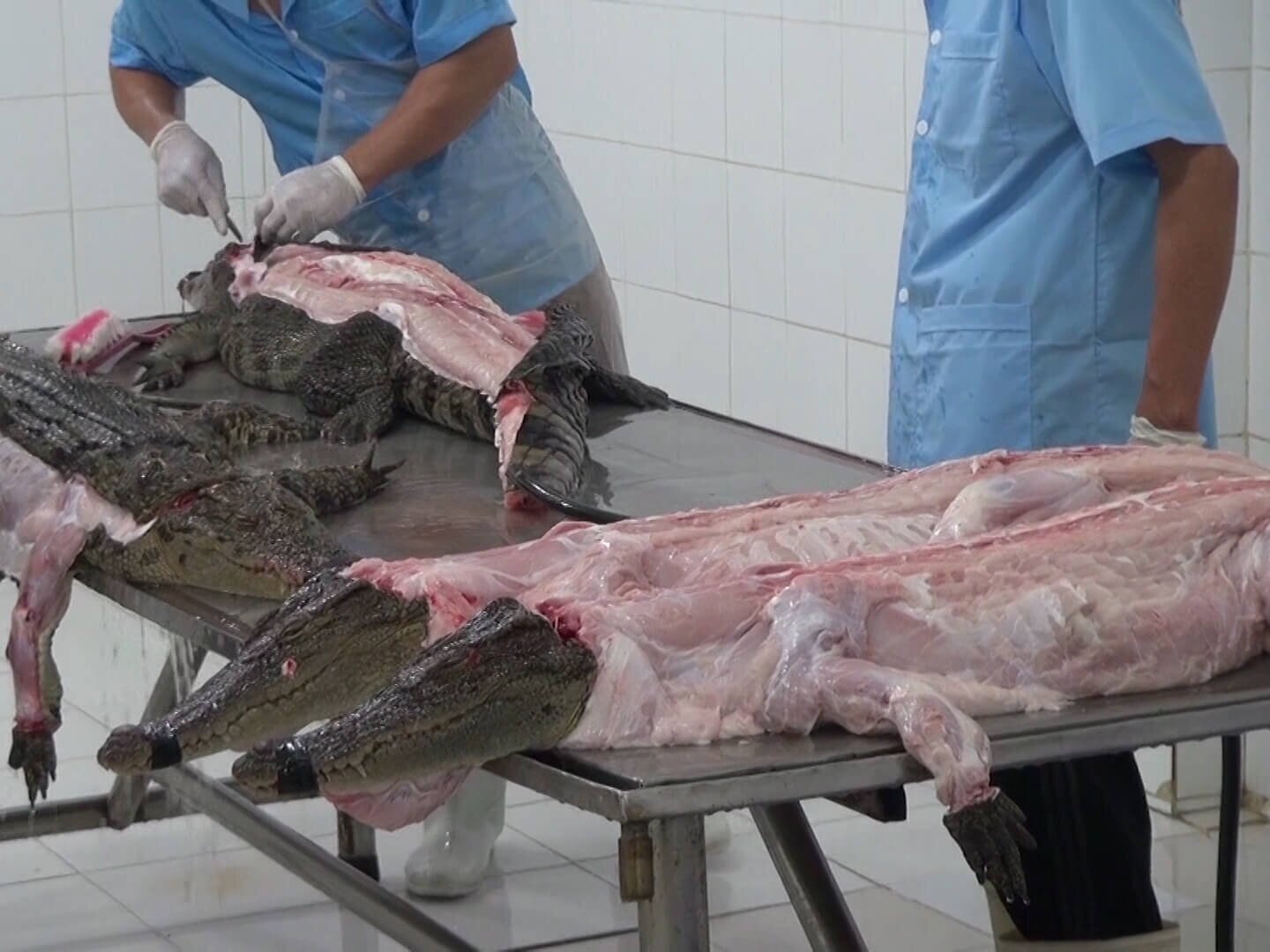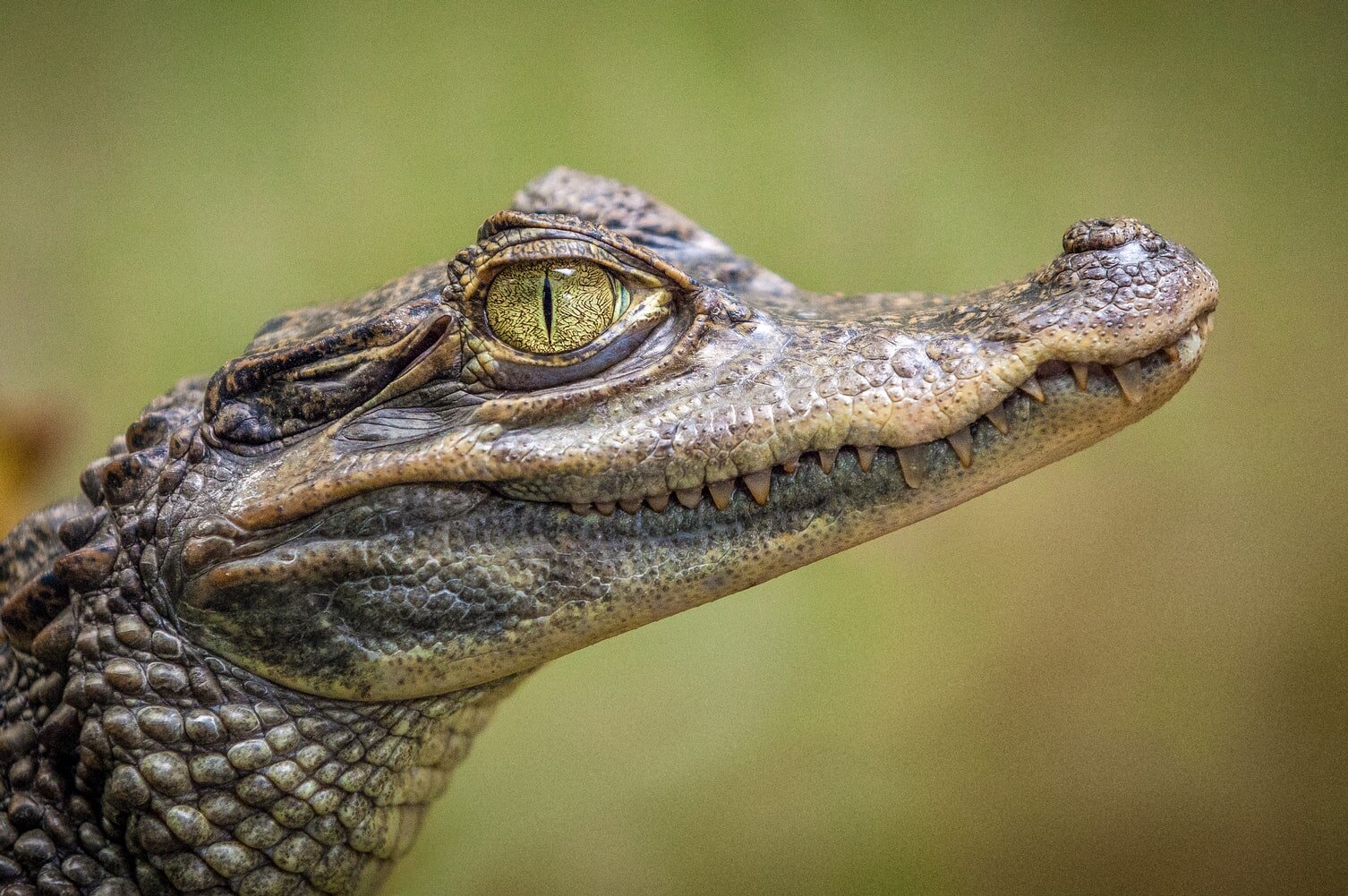Issues in the crocodile and alligator skin supply chain
Reptilian animals spend their entire lives confined for a cruel industry harming the planet.
Despite their literal hardened exterior, crocodiles are feeling creatures.
While they may look very different from ourselves or the animals we know best, crocodiles are also sentient – feeling, thinking individuals.
These creatures even enjoy playing together, having highly developed social lives, and strong maternal bonds.
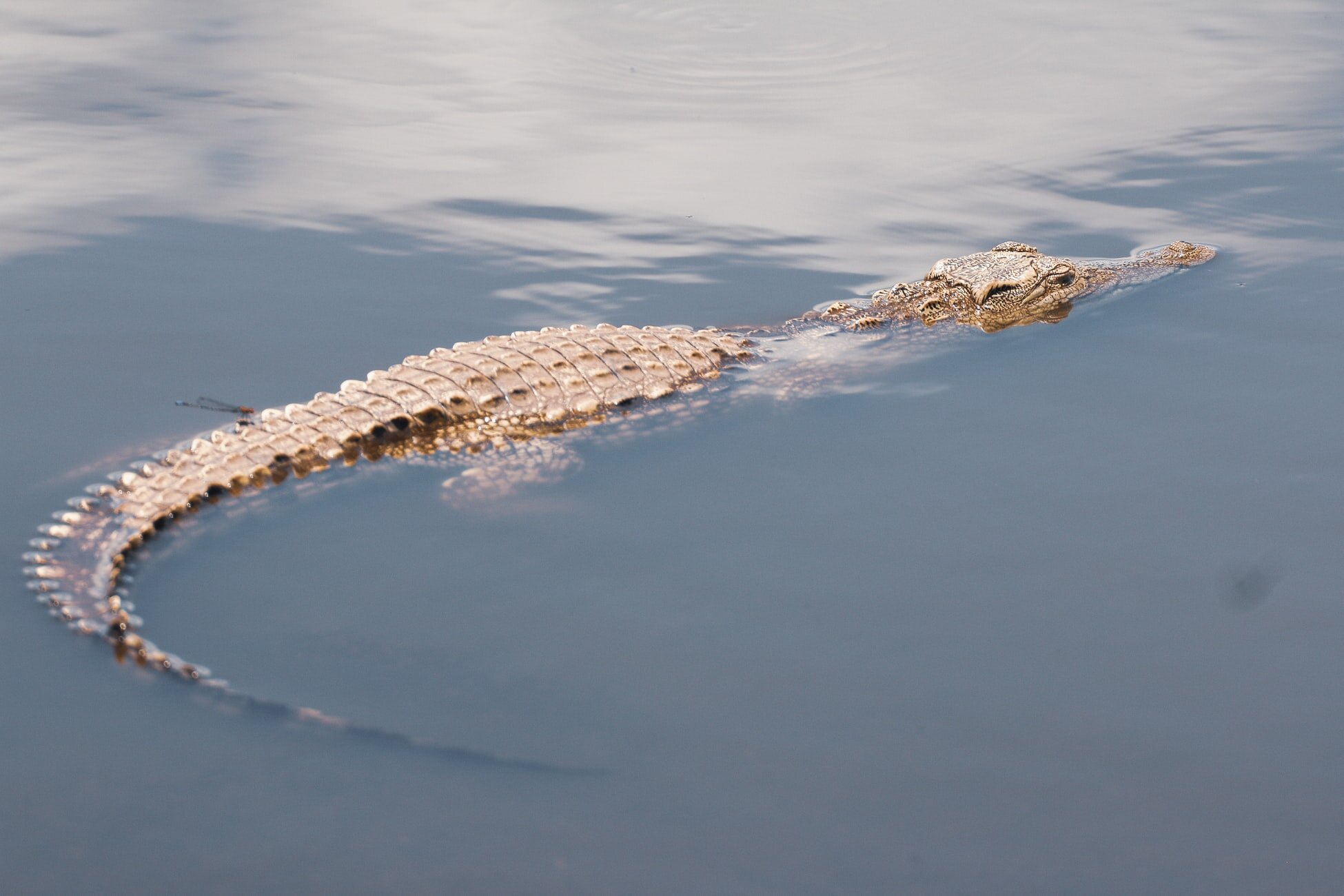
Depending on the species, some crocodiles and alligators can live for over a century. In the crocodile and alligator skin industry, these reptiles are killed as young as two years old.
In Australia, saltwater crocodiles are factory-farmed.
In the wild, these animals can travel over 10km at a time and even ‘surf’ currents to travel hundreds of kilometres over a matter of weeks. When confined to factory farms, they are legally required to receive only 0.25 to 0.5 square metres [PDF 178KB] of space.
Crocodiles are often kept alone in barren cages, despite being gregarious animals who lead social lives.
Images: Individual cages on an Australian factory-farm owned by Hermès
/ Farm Transparency Project via Kindness Project
Crocodiles in individual cages on a factory farm supplying Hermès and Louis Vuitton / Farm Transparency Project via Kindness Project
The Australian crocodile skin industry preys on a supposedly protected native species.
The near extinction of saltwater crocodiles
Prior to the 1970s, crocodiles were hunted to near extinction for their skins. Only 3,000 of them were left in the Northern Territory.
As a result, crocodiles were given full protection for the sake of preserving the species. They are still protected, even internationally. As a result of these protections in Australia, crocodile populations increased.
However, when people wanted to factory-farm the species for profit, the Convention on International Trade in Endangered Species of Wild Fauna and Flora (CITES) moved crocodiles from most endangered and in need of protection to a lesser protection that allowed them to be killed for profit.
Image: 1900s crocodile hunting / ABC
Saltwater crocodiles are a protected, vulnerable species
In Queensland, Australia, saltwater crocodiles are considered by the Government to be vulnerable. In both Queensland and the Northern Territory, where crocodiles are killed for their exotic skins, they are considered a protected species.
Population growth since the introduction of crocodile farming is similar to growth prior, when protections were introduced. This suggests that these protections, not crocodile exploitation, increased populations.
For the sake of commercial gain in the exotic skin industry, loopholes were made to legalise the factory-farming and slaughter of crocodiles. This is despite the Australian Government recognising these prehistoric creatures as sentient and a ‘critical part of aquatic ecosystems’, who hold ‘cultural value’ to Indigenous Australians.
False claims of conservation for the sake of commerce
The exotic skin industry in Australia states that it exists for the sake of species conservation.
Crocodiles have lived in Australia for at least 100 million years. Today, more of these creatures live in captivity than in the wild. Slaughtered at a fraction of their natural lifespan, this is not conservation.
When we showed factory farm footage to conservationist Chris Darwin in an interview Collective Fashion Justice assisted with, he stated, ‘the audacity to call this conservation when really it is just commerce … it seems ridiculous’.
Image: Crocodile in factory farm owned by Hermès / Farm Transparency Project via Kindness Project
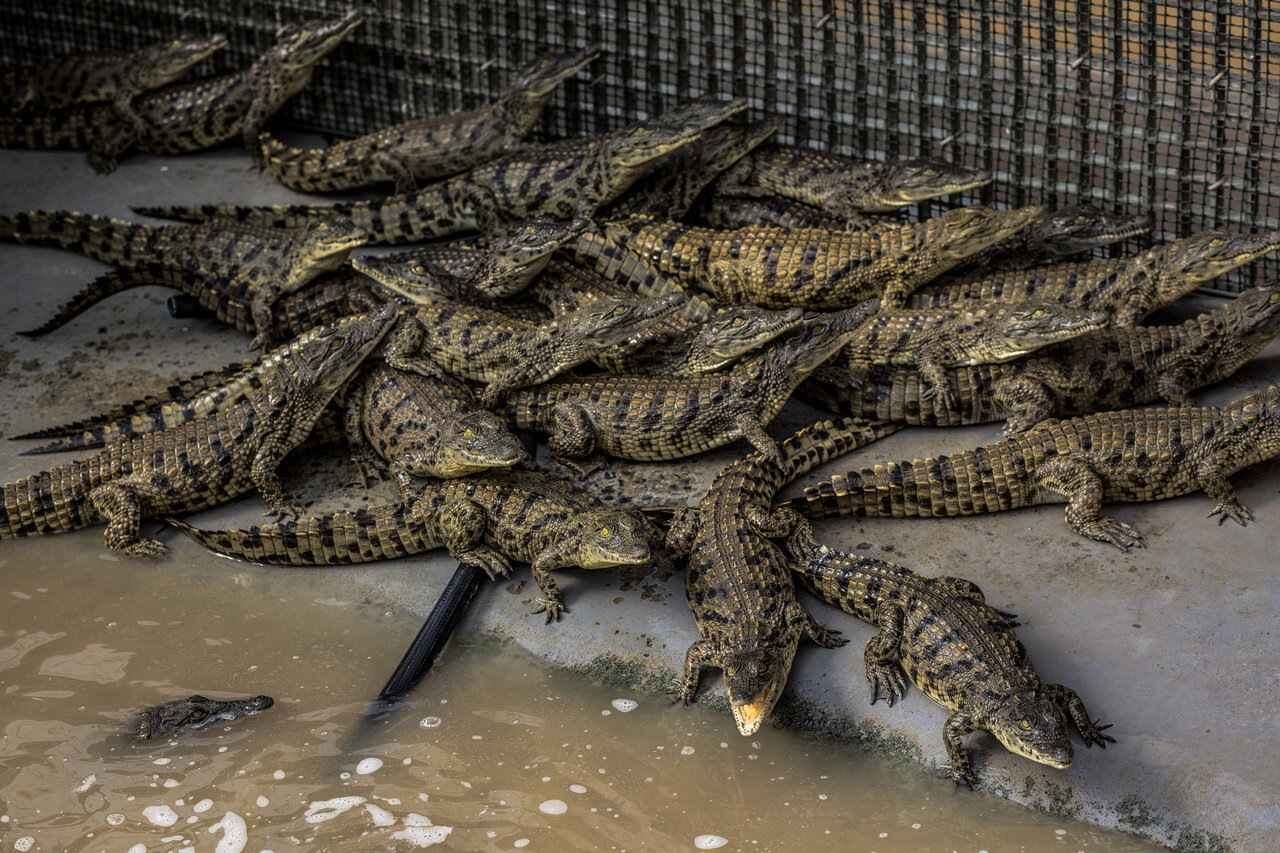
Crocodiles and alligators are kept in dank, concrete pits together.
Across Asia and some parts of Africa, crocodiles and alligators are factory-farmed. Here, they are often kept in pits with a large number of other animals, who are so cramped that they often clamber over each other. This extremely close proximity can cause fighting and threaten physically weaker animals.
These sentient reptiles are senselessly slaughtered.
Shot and bludgeoned under ‘high welfare’ laws
Farms supplying luxury brands and countries like Australia claim they produce ‘high welfare’ crocodile skins.
Despite these claims, crocodiles are not only confined to cages, but legally [PDF 178KB] shot in the head or bludgeoned to death with a blow to the head. This blunt-force killing is only legal for crocodiles under two metres long, but most crocodiles are too young to reach that length when killed.
Image: A crocodile on Australian farm owned by Hermès, who has been shot with a captive-bolt gun, and people taking another crocodile out of their cage to slaughter them.
/ Farm Transparency Project via Kindness Project
Skinned alive, left to slowly suffer and die
Other factory farms supplying luxury brands like Louis Vuitton have been documented skinning crocodiles alive.
These farms have been located in Vietnam, Zimbabwe, and the United States.
In investigations exposing the practice of live skinning, footage has shown crocodiles having their heads sliced open and a scalpel being plunged down their spines. These animals have been documented breathing and moving well after they’ve been skinned.
Image: A still from footage where crocodiles are slaughtered, and seen twitching. One worker at the facility said they skinned crocodiles alive.
/ People for the Ethical Treatment of Animals
The crocodile and alligator skin industry is not sustainable.
Compassionate conservation is more effective
Conservation that seeks to genuinely protect crocodile species, rather than profit from their confinement and killing, is more effective and sustainable. Animal populations have not been most effectively conserved if their populations are largest in captivity, where they live for only a few years rather than their natural lifespan of seventy or so.
Eco-tourism, which offers communities and visitors an insight into the lives of wild crocodiles, is one example of a self-funding, genuine conservation effort. Paired with greater education about crocodiles and greater protection of their habitat, native crocodile populations can thrive while communities stay more safe from attacks.
Factory-farming animals to feed to other animals is never sustainable.
Crocodilian species in factory farms are fed other factory-farmed animals, like chickens [PDF 657KB]. This is not only another layer of cruelty, but an inefficient and wasteful system.
Chickens in factory farms are fed grains grown on land that could be used to feed humans and restore nature. Rewilding supports biodiversity and sequesters carbon.
Instead of growing crops to feed one animal who is then slaughtered and fed to another animal, we could be wearing renewable, plant-based crocodile skin alternatives.
Image: A broiler chicken shed like those that exist all around the world / We Animals / Jo-Anne McArthur
The crocodile skin industry claims to benefit Indigenous communities, but many Aboriginal people oppose it.
Jaru man Donny Imberlong shares his experience of growing up loving crocodiles, before working on a crocodile factory farm in Skin Deep, a film by Defend the Wild.
He says that the job came with ‘mental struggle’ and he felt the spirit of crocodiles were ‘crushed or defeated’. He now works as a wildlife photographer supporting genuine conservation.
The crocodile and alligator industry creates expensive goods at the expense of some marginalised people, too.
Luxury brands sell crocodile skin bags for anywhere from tens to even hundreds of thousands of dollars. This industry caters to very wealthy individuals.
Indigenous and local communities relying on the sale of reptile skins are paid a very small percentage of the total value of products sold. Yet, work in the crocodile industry can be dangerous and even deadly. One Cambodian crocodile farm was sold after the then-owner’s toddler daughter was killed, eaten by a crocodile who she was not secured from, due to poor fencing.
Furthermore, to many Aboriginal people, specifically the Larrakia people who herald from so-called Darwin where the crocodile industry thrives, this animal is a totem: Dungalaba. These people do not wear or eat the species and consider them a protector of people, holding great respect for them. Many Darwin-based Aboriginal people are employed in white-owned crocodile farming businesses.
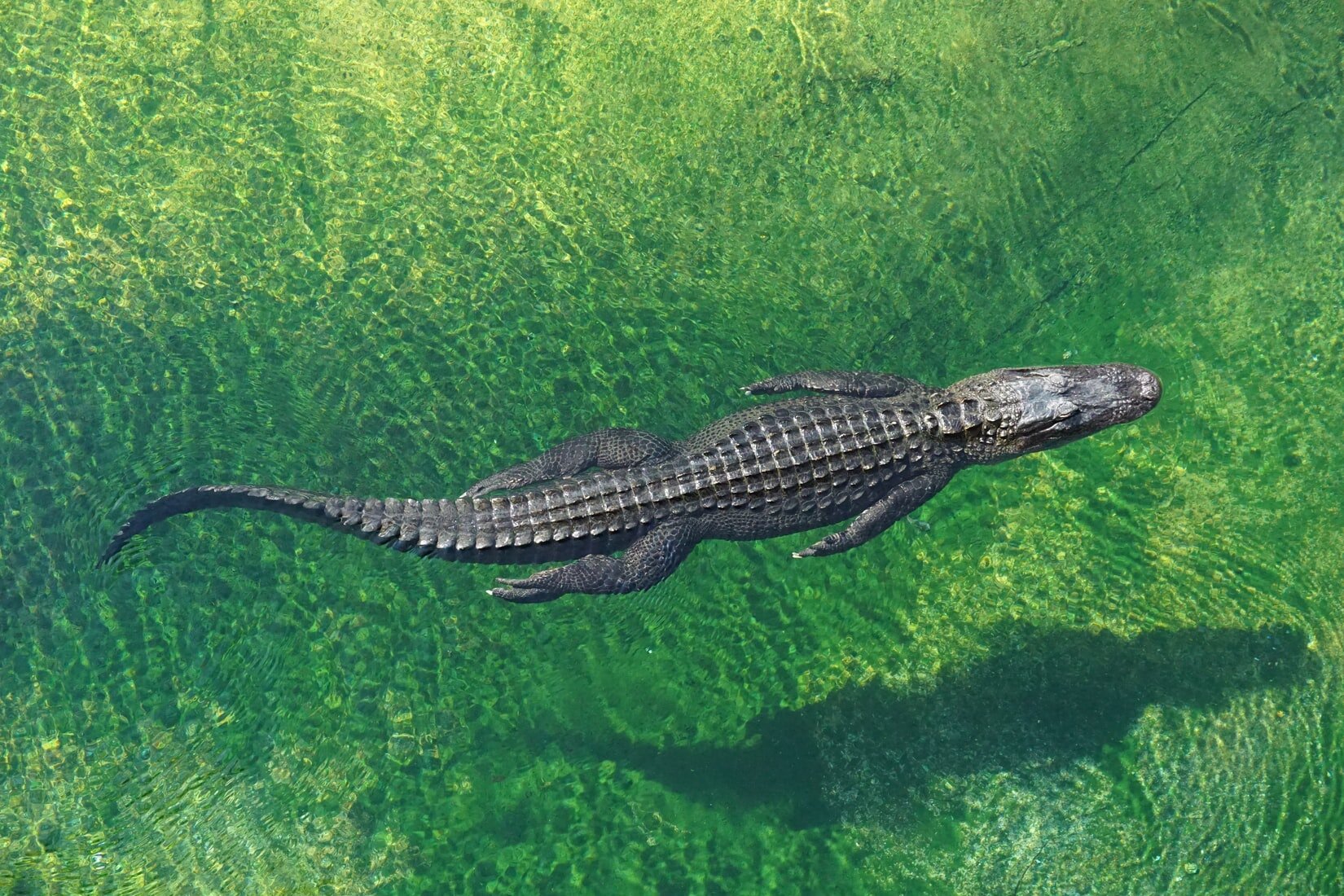
Tell luxury brands to drop crocodile skin, and stop the development of a new crocodile factory-farm.
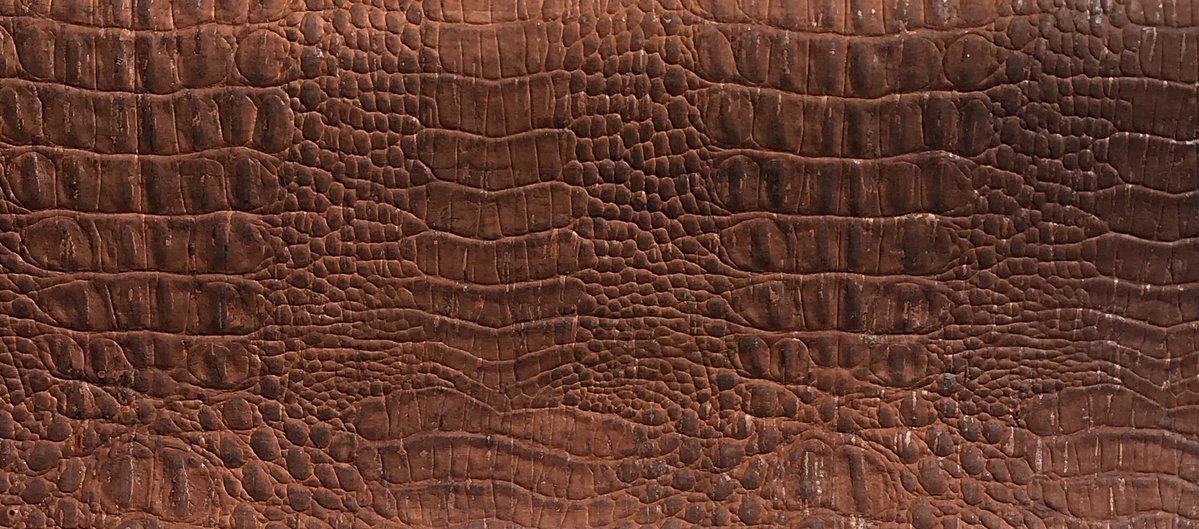
No one needs to wear crocodile and alligator skins, and today, there are plenty of texturally alike materials.
Want to keep learning?
-
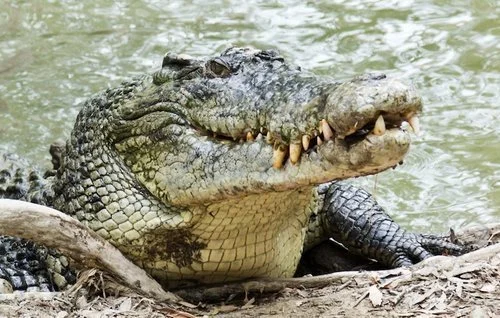
Drop croc
This new campaign features never before seen investigative footage on Australian crocodile farms owned by Hermès and Louis Vuitton.
-
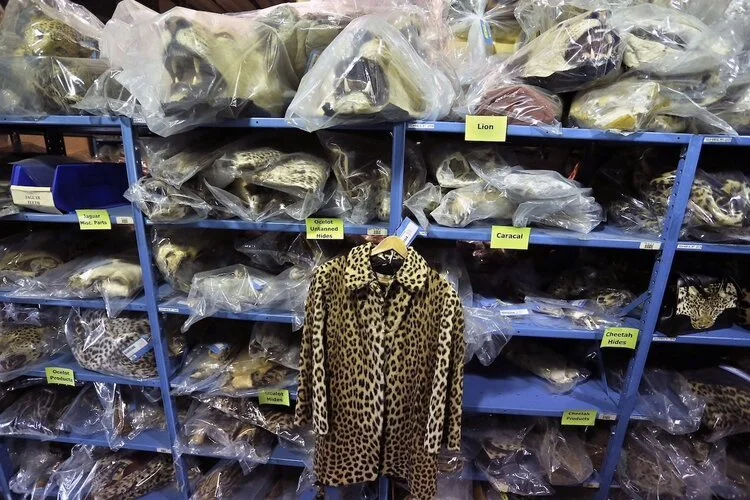
Fashion industry tied to significant wildlife slaughter in new analysis
Faunalytics have recently released analysis of 15 years worth of legal wildlife import data from the United States.
-

Snake skin industry
Needlessly slaughtered reptiles are farmed and ripped from their natural habitat; both cruel and a great risk for zoonotic disease outbreak.



